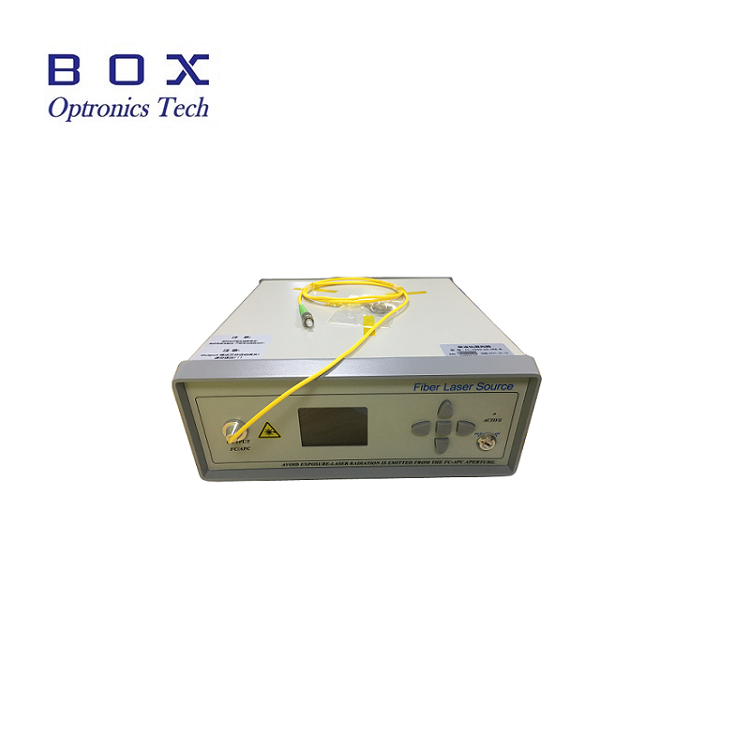Key points about fiber amplifier modules
2023-12-25
Fiber amplifier modules refer to components used in optical fiber communication systems to amplify optical signals. These modules play a crucial role in extending the reach and improving the performance of optical communication networks. Optical fiber amplifiers are employed in various applications, including long-haul telecommunications, data centers, and network infrastructure.
Here are key points about fiber amplifier modules:
1. Types of Fiber Amplifiers:
- Erbium-Doped Fiber Amplifiers (EDFAs): EDFAs are the most common type of fiber amplifier. They use erbium-doped optical fibers to amplify signals in the 1550 nm wavelength range, which is commonly used in optical communication systems.
- Raman Amplifiers: Raman amplifiers use the Raman effect to amplify signals by transferring energy between pump and signal wavelengths. They can be used in various wavelength bands.
- Semiconductor Optical Amplifiers (SOAs): SOAs use semiconductor materials to amplify optical signals. They are often used in short-distance applications and in optical signal processing.
2. Working Principle:
- In EDFAs, erbium ions embedded in the fiber core are excited by pump light at a specific wavelength (usually around 980 nm or 1480 nm). When the erbium ions return to their lower energy state, they transfer energy to the signal photons, amplifying the optical signal.
- Raman amplifiers utilize the Raman scattering effect, where incident photons interact with the vibrational modes of the glass lattice, transferring energy to the optical signal.
- SOAs use semiconductor gain media to achieve optical amplification. The gain is achieved through the injection of carriers into the semiconductor material.
3. Applications:
- Long-Haul Telecommunications: Fiber amplifier modules are essential for long-distance optical communication, enabling signals to travel over extended distances without significant loss.
- Data Centers: In data centers, fiber amplifiers may be used to amplify signals transmitted over optical fibers within the facility.
- Network Infrastructure: Fiber amplifiers play a crucial role in various components of network infrastructure, such as repeaters and line amplifiers.
4. Benefits:
- Amplification Without Conversion: Fiber amplifiers amplify signals directly in the optical domain without converting them to electrical signals, which can reduce latency and increase efficiency in optical communication systems.
- Wavelength Division Multiplexing (WDM) Compatibility: Fiber amplifiers are compatible with WDM technology, allowing multiple signals at different wavelengths to be transmitted simultaneously over the same fiber.
- Signal Quality Improvement: They help in compensating for signal loss in long-distance transmissions, improving the overall quality and reach of optical communication systems.
Fiber amplifier modules are critical components that contribute to the efficiency and reliability of optical communication networks, allowing for high-capacity and long-distance data transmission.



